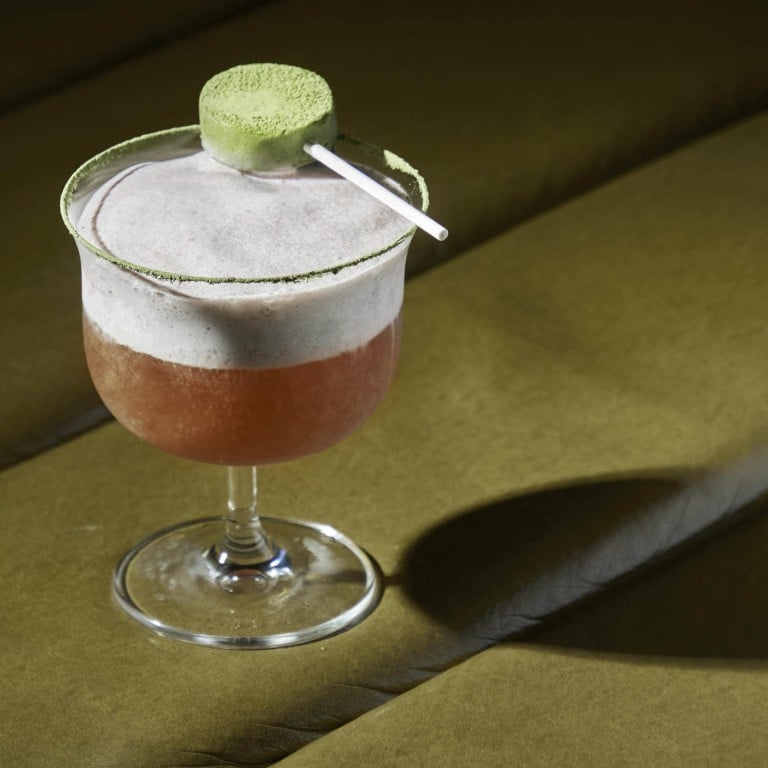Are Instagram-baiting cocktail garnishes going out of fashion? Top bartenders at Hong Kong’s Quinary and Mostly Harmless are stripping back their drinks menus to the essentials

- It is impossible to ignore the role garnishes play in perking up a drink’s IG postability – but now things have gotten so out of hand an anti-adornment backlash is brewing
- Antonia Lai at Quinary, Draftland and The Envoy says garnishes are a ‘double-edged sword’ while Mostly Harmless co-founder Ezra Star skips them to keep drinks ‘simple’
A scroll through cocktail-related Instagram hashtags, the accounts of your favourite mixologists or bars, drinks listicles or even friends’ social media feeds all seem to reveal one fact: every drink worth its price tag packs some garnish. Whether it’s served in a martini glass or a Nick & Nora, with ice or without, garnishing a libation seems essential.
Yet, the concept of a garnish – its nature, function and impact as a component of a cocktail – remains loosely defined.
What we do is inherently pretentious and because of that, we want everything else to be simple and honest
In his 1862 book How to Mix Drinks: Or, The Bon-vivant’s Companion, Jerry Thomas wrote of the need to “dress” or “ornament the top [of a cocktail] with fresh fruits in season”.
More recent works haven’t done much to clarify the issue. Dale DeGroff wrote in The Craft of the Cocktail in 2002 that the “definition of a cocktail garnish is something that adds both colour and flavour”.
Such comments are not so much a definition of the craft as loose instructions as to how to complete a drink. But if we put the pretty colours of IG aside for a second, is the visual impact of garnishing really required for a drinks menu to find success?

Tasting Group’s Antonio Lai – whose flagship bar Quinary has been a staple of Asia’s 50 Best Bars for almost a decade – has built a formidable legacy on the use of molecular gastronomy techniques for both flavour and presentation. His signature creation, Quinary’s Earl Grey Caviar Martini, is well known in part because of the visual impact of its towering tea foam topping. However, he admits a garnish can sometimes be a distraction, citing the newer Quinary tipple Little Miss Anko, which features a matcha shochu chocolate garnish.
“People asked for more chocolate,” Lai remembers, “which is difficult when we can only prepare a limited amount. But I think it’s fine as it’s all part of the same experience. I’d rather customers like it and finish some part of it rather than have a sip or a bite and leave the rest.”
So, even for Lai, garnishes can be a double-edged sword. They help provide the visual and functional impact necessary for creating iconic libations, but they can also distract from the flavours underneath.
